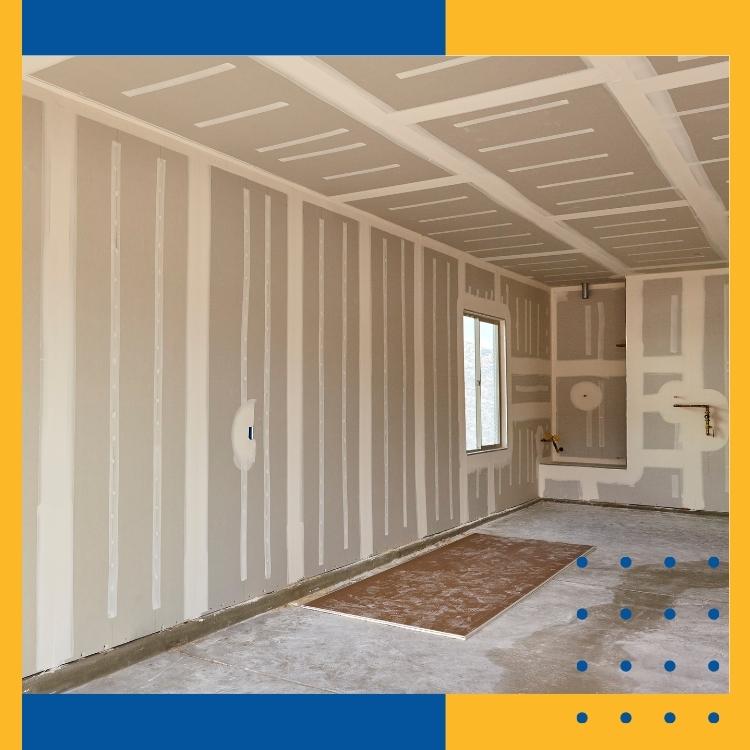We offer a wide range of services for that fresh look, or just maintenance or updates to keep your home functioning and safe. Regardless of the size of the job, we have a craftsman that can tackle it. We offer a wide range of services for that fresh look, or just maintenance or updates to keep your home functioning and safe. Regardless of the size of the job, we have a craftsman that can tackle it.

Drywall / August 9, 2022

Drywall is a popular material for interior walls due to its low cost, easy installation and fire resistance. Of course, once the boards are in place and the handypeople have finished drywall taping, there’s one last step: mudding. Drywall mud, also called drywall compound, is a wet material that hardens when it dries. It’s used to seal joints between the boards, creating a solid, well-insulated surface.
How do you get a smooth mud finish? The key is understanding what type of compound you need and the best application techniques. According to the experts, here’s everything you should know.
There are a few types of mud, each created for a specific purpose. Taping compound is the best option for covering tape, making it the preferred choice for contractors. It offers superior bonding and dries harder than other types, ensuring the seams are protected. However, it’s one of the more difficult muds to sand. Do-it-yourself jobs may turn out bumpy for this reason.
The other option for covering tape is an all-purpose compound. As the name implies, you can use it for all aspects of drywall mudding. Since it dries slowly, it’s very beginner-friendly. However, it’s not as durable for joints as taping compound.
Drywall mud typically comes in two forms: wet mix and dry powder. If the compound is already wet, you can use it as-is. If the mixture is dry, you must add water according to the packaging instructions.
Using a wet compound is a good idea if you use the entire bucket for one job. Otherwise, you’ll run into the issue of shelf life. Once the mud’s exposed to the air, it’ll start to dry out, and eventually, it’ll become unusable.
A dry mix has a much longer shelf life, so you can get the most out of your mud. Remember that once you add water, the chemical reaction that turns the powder into mud begins, so don’t mix the compound in the bucket. Instead, use a mud pan to create the amount you need.
For the best use of your mixture, apply it to the largest gaps first. Drywall compound is also used in repair so that you can fill in even sizable spaces. Smooth out the excess and use it to fill in the seam. If you have spaces left, fill them in with a small amount of mud.
Drywall mudding requires several coats. Make sure you smooth out all bumps before the compound dries, or you’ll have a harder time sanding later. You can use a metal or plastic joint knife to spread the mixture easily. The sharp edge is perfect for creating an even, pristine surface.
Once the mudding is finished, you shouldn’t be able to see the drywall tape at all. While the mixture is wet, the tape may absorb it, necessitating a few layers to seal the joint completely. A topping compound is a great way to finish the job since its strong bond protects the underlying layers.
Corners can be tricky, so the best approach is to work on one side at a time. Doing so ensures you can properly smooth the mud before it dries. Otherwise, you’ll use more compound than necessary and spend more time sanding down lumps.
Do you need drywall repairs in Vaughan? Handyman Connection is here to help. Our team can hang, mud and patch drywall for a perfectly smooth finish. We can also assist with home improvement projects such as deck building and floor installations. Give us a call or contact us online for an estimate.